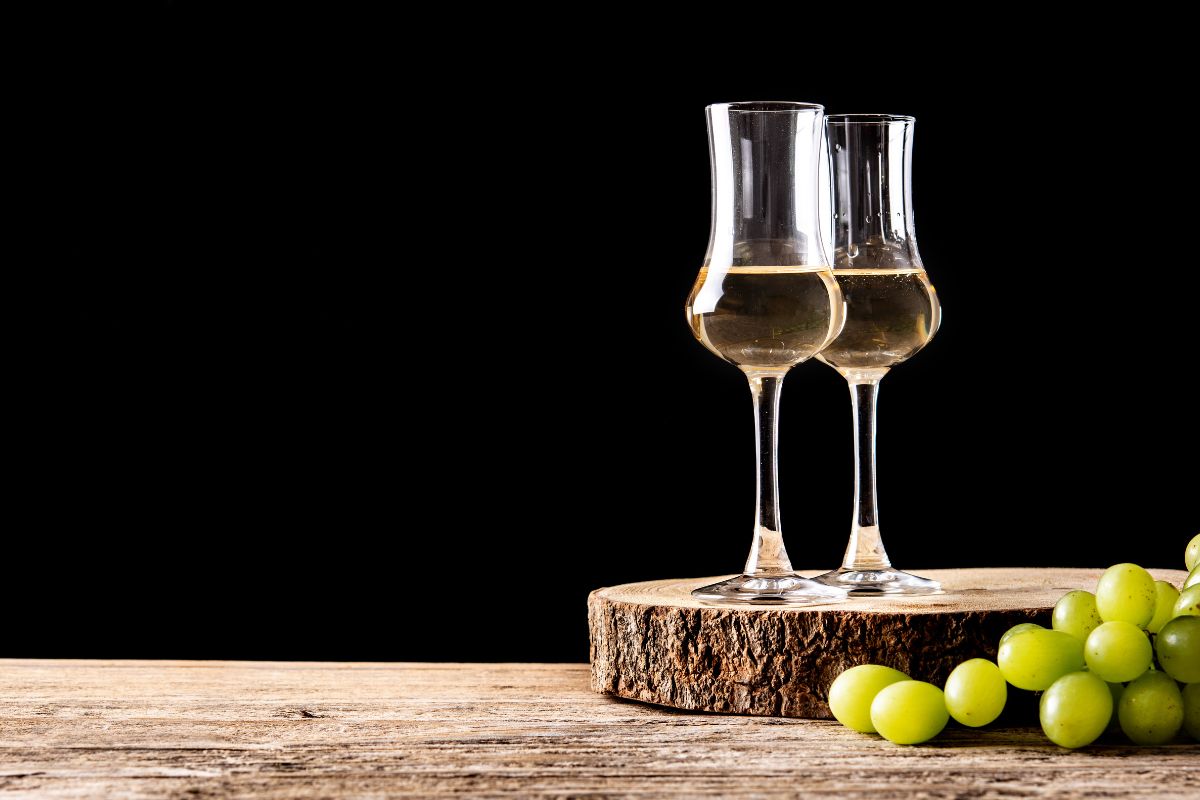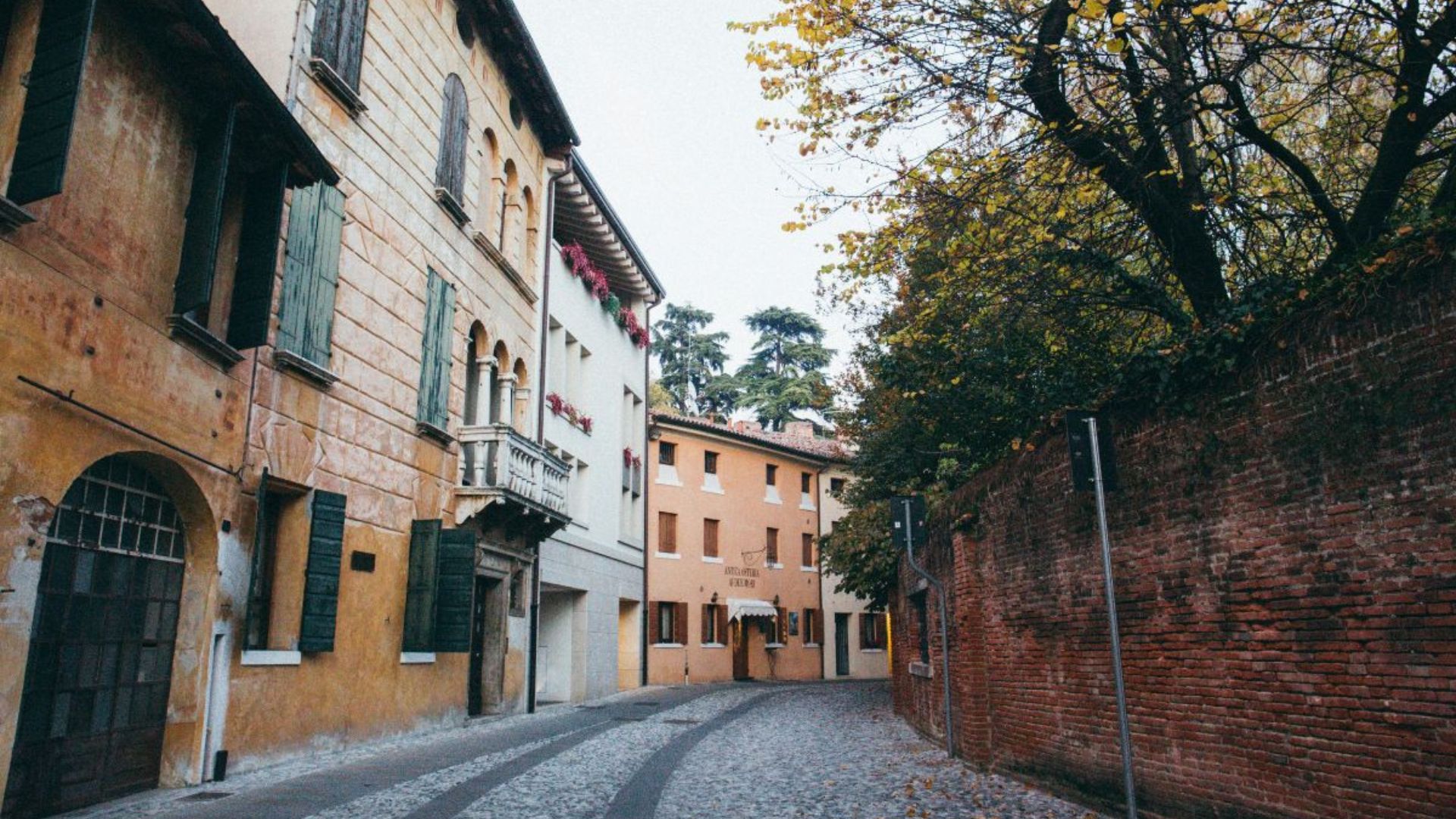When I first wandered through the cobblestone streets of Veneto, it wasn’t just the architecture that captured my heart—it was the food. This northern Italian region offers a culinary tradition that brilliantly balances simplicity with rich flavors, from Venice’s seafood specialties to Padua’s rustic comfort dishes. The Veneto’s cuisine tells a story of cultural heritage through distinctive cooking methods like “in saor” (sweet and sour pickling) and unique preparations such as risotto al nero di seppia (squid ink risotto).
During my travels across the region, I discovered that Veneto’s food culture varies dramatically from city to city. In Venice, I savored bigoli in salsa, a pasta dish with anchovy sauce that reflects the city’s maritime history. Meanwhile, inland areas introduced me to heartier fare like pasticcio, layered baked dishes that showcase the agricultural bounty of the countryside.
These regional variations make exploring Veneto’s cuisine an adventure in itself.
What makes Veneto’s culinary heritage truly special is how it preserves ancient techniques while remaining vibrant and relevant. The giardiniera pickling tradition and the carefully guarded recipes for baccalà alla Cappuccina in Padua aren’t just menu items—they’re living connections to generations past. Each meal I enjoyed became not just nourishment but a delicious history lesson wrapped in unforgettable flavors.
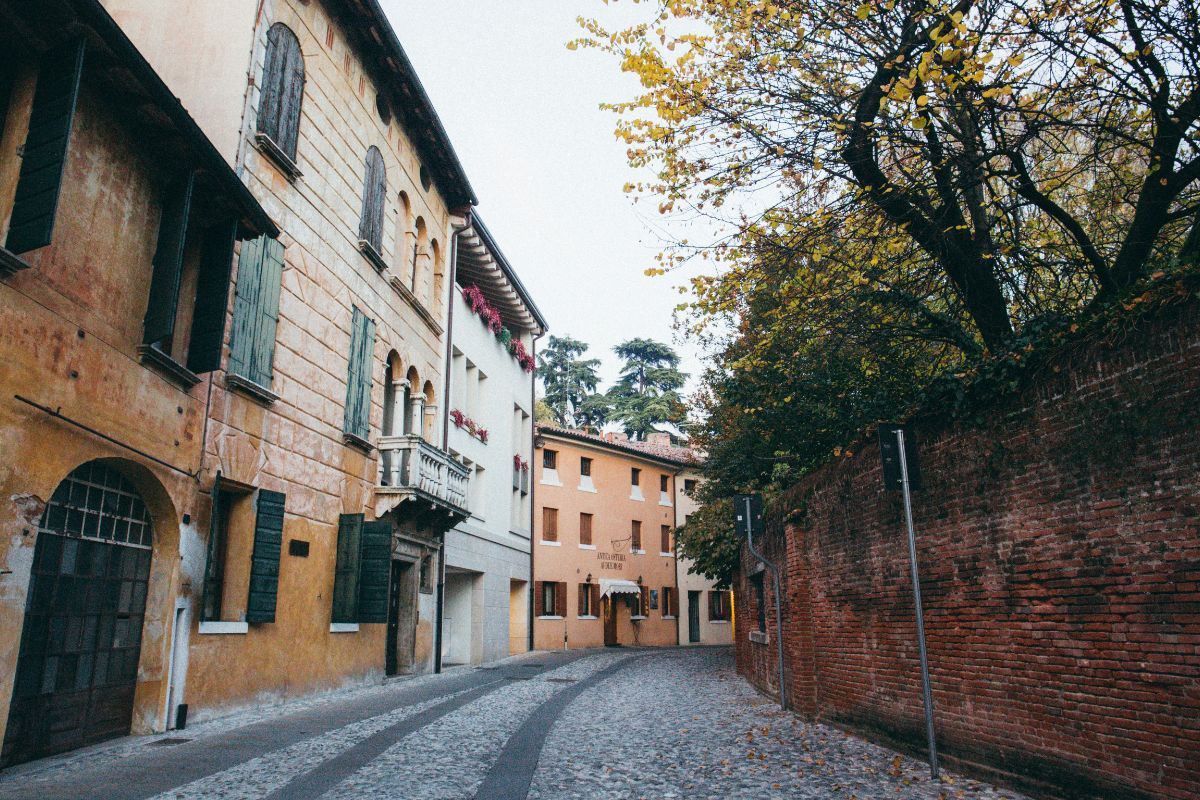
Discovering Veneto’s Gastronomic Roots
Veneto’s cuisine tells a story of land and sea, shaped by centuries of trade and cultural exchange. The region’s unique geography and historical influences have created a food tradition unlike any other in Italy.
The Influence of Geography and History on Veneto’s Cuisine
Veneto’s culinary identity is deeply tied to its diverse landscape. The fertile plains provide abundant crops, while the Adriatic Sea offers fresh seafood daily.
During my travels through the region, I noticed how the cuisine changes from coastal towns to inland villages. In Venice, I savored delicate seafood risottos and baccalà mantecato (creamed salt cod), reflecting the city’s maritime heritage.
Inland, the mountains and plains influence the hearty dishes I encountered. Here, polenta reigns supreme – a humble corn-based staple that appears on nearly every table. The Venetians transform this simple dish into countless variations.
The region’s history as a powerful trading republic brought spices and ingredients from the East, creating unique flavor profiles you won’t find elsewhere in Italy.
Veneto’s Culinary Identity and Heritage
What struck me most about Veneto’s food culture was its balance between sophistication and rustic simplicity. This duality appears in dishes throughout the region.
Traditional recipes are preserved with fierce pride. In small family-run osterias, I tasted dishes prepared exactly as they were centuries ago. The iconic tiramisu dessert, which originated in Veneto, maintains its authentic preparation despite global variations.

Venetian culinary heritage also embraces rice cultivation. Risotto alla zucca (pumpkin risotto) showcases how local ingredients blend into perfect harmony.
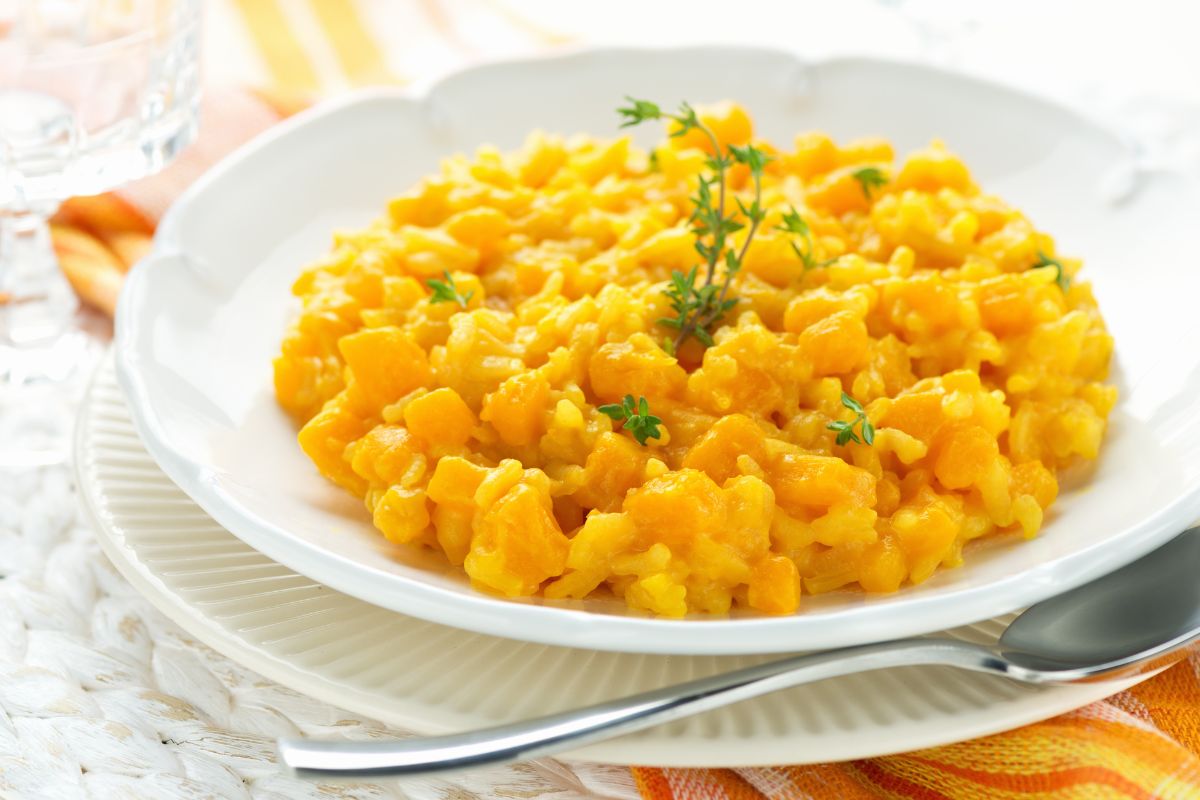
The region’s signature aperitif culture introduced me to the famous Spritz – a ritual that brings locals together each evening. This social aspect of dining reflects the Venetian spirit of conviviality.

Fish preparation techniques passed down through generations produce spectacular dishes like sarde in saor (sweet and sour sardines), highlighting Veneto’s masterful culinary tradition.
Signature Dishes of Veneto
Veneto’s cuisine reflects its diverse geography, from the coastal areas to the mountainous regions. The food here blends sophisticated Venetian influences with hearty countryside fare, creating a culinary landscape that’s uniquely satisfying.
Polenta: The Staple Comfort Food
Polenta holds a special place in Venetian hearts and on their tables. This cornmeal dish was once considered peasant food but has evolved into a beloved staple across all social classes.
During my travels through Veneto, I discovered polenta served in countless ways. In mountain villages, I enjoyed it firm and sliced, topped with local cheeses like Asiago or alongside wild mushrooms foraged from nearby forests.
In Verona, I tasted the creamier version that pairs perfectly with the region’s hearty ragù dishes. The locals explained that polenta sustained generations through harsh winters and difficult times.
What surprised me most was polenta’s versatility. It appears as a base for proteins, as a side dish, and even in sweet preparations with nuts and honey. This humble dish truly captures the soul of Veneto’s resourceful cooking traditions.
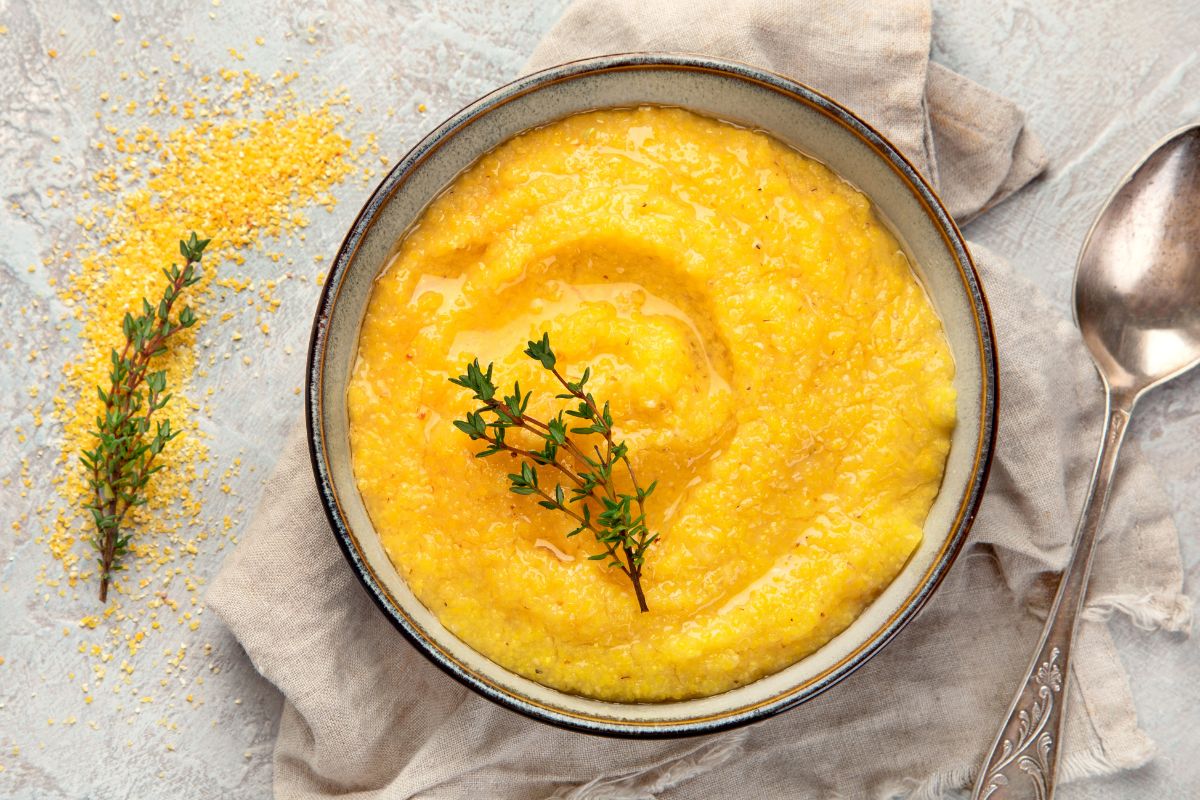
Seafood Splendor: From Lagoon to Plate
The Venetian Lagoon provides an incredible bounty that defines the region’s seafood cuisine. Fresh catches transform into dishes that have captivated my taste buds at every visit.
Baccalà alla Cappuccina became an instant favorite of mine—salt cod prepared with milk, onions, and pine nuts creates a delicate flavor profile unique to Padua. In Venice proper, I couldn’t get enough of risotto al nero di seppia, where cuttlefish ink turns the rice dramatically black while adding a subtle briny flavor.
The seafood cicchetti (small bites) in Venice’s bacari wine bars showcase the lagoon’s treasures in miniature form. Think marinated anchovies, tiny soft-shell crabs, and tender octopus.
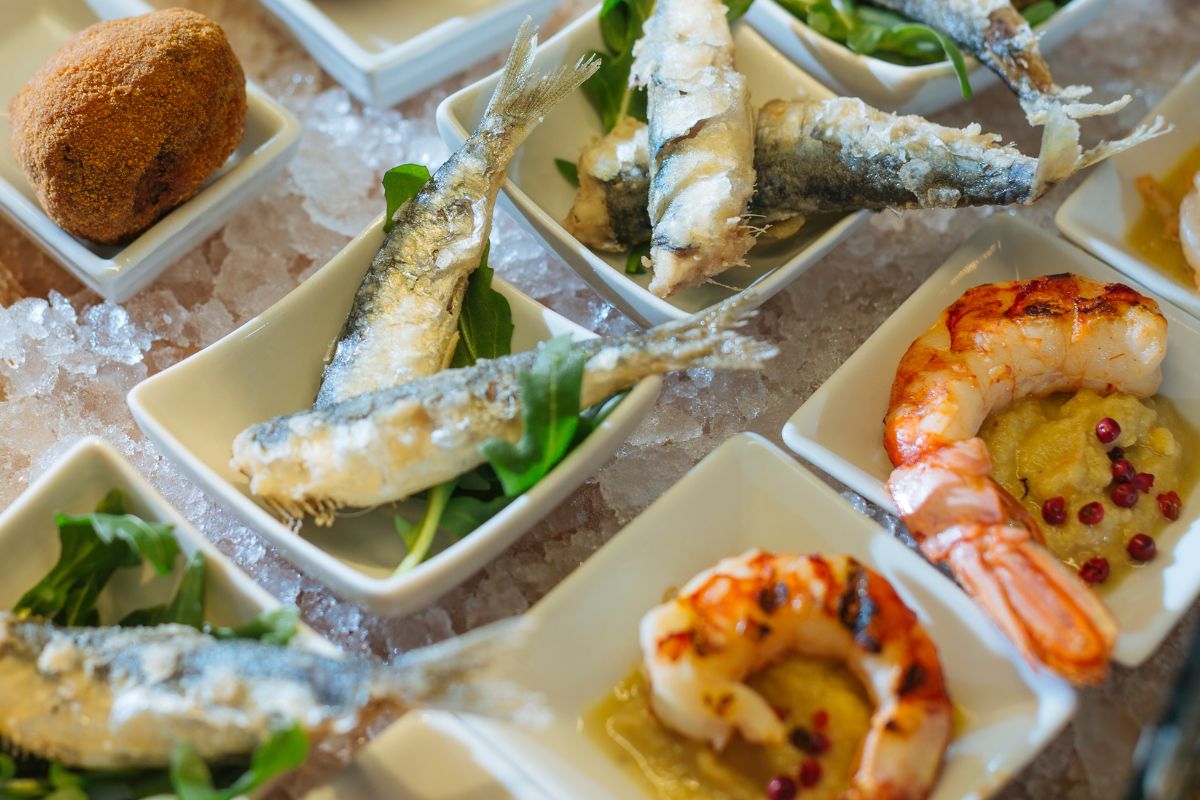
Bigoli in salsa—thick whole wheat pasta with an anchovy and onion sauce—demonstrates how Venetians elevate simple ingredients into something extraordinary. The fishing traditions here date back centuries, and you can taste that heritage in every seafood dish.
Ragù and Pasta Dishes: A Delightful Dance of Flavors
Veneto’s pasta traditions differ dramatically from southern Italian regions, with dishes that reflect local ingredients and historical influences. The ragù here surprised me with its unique character.
Unlike Bolognese, Venetian ragù often incorporates game meats like duck or rabbit alongside beef and pork. In Verona, I savored gnocchi with a rich duck ragù that melted in my mouth. The pasta itself tends to be heartier, like the thick bigoli noodles that stand up beautifully to robust sauces.
In the countryside restaurants, I discovered pasta e fagioli using the prized Lamon beans—a hearty soup-like dish perfect for chilly evenings. These beans have protected status and create a creamy texture unlike any other bean variety.
What makes Veneto’s pasta dishes special is their understated elegance. They’re not drowning in sauce but rather showcase a perfect balance of flavors. Each ingredient gets its moment to shine while complementing the others.
The Art of Pasta Making and Regional Variations
Pasta in Veneto differs from what you’ll find in other Italian regions, with unique shapes and preparation methods that reflect local traditions. The art of pasta making here combines simple ingredients with time-honored techniques passed down through generations.
Orecchiette with Sausage: A Veneto Specialty
While exploring Venice’s winding streets, I stumbled upon a cozy trattoria where I first tasted authentic orecchiette with sausage. This Veneto specialty features small, ear-shaped pasta that perfectly captures the rich sauce made from local sausage.
The dish combines crumbled sausage with fresh ingredients like garlic, white wine, and sometimes wild mushrooms. What makes it special is how the shape of the pasta—with its slight depression—holds the savory sauce.
I watched a local nonna press her thumb into each small disc of dough to create that characteristic dimple. The pasta is made from just flour and water—no eggs—creating a firmer texture that stands up beautifully to the hearty sausage.
Exploring Handmade Pasta: An Italian Tradition
Making pasta by hand remains one of Italy’s most cherished culinary traditions, and Veneto preserves this art with particular dedication. In a cooking class in Verona, I learned the basics of pasta making using simple ingredients: flour, eggs, salt, and sometimes olive oil.
The instructor showed me how different regions use different flour types:
- Type 00 flour for delicate pasta
- Semolina for more rustic varieties
- Specialty flours for distinct flavors
Unlike other regions where pasta dominates every menu, Veneto features pasta as a complement to other dishes. Bigoli, a thick whole wheat pasta resembling spaghetti but much heartier, is the region’s signature pasta shape.
The experience of rolling dough by hand and watching it transform into something remarkable connects me to centuries of Italian tradition. Each region’s pasta tells a story—Veneto’s speaks of practicality, rustic flavors, and the influence of nearby regions.
The Role of Herbs and Spices in Venetian Cooking
Venetian cuisine tells a fascinating story of trade and cultural exchange through its distinctive use of spices and herbs. Walking through markets in Venice, I was struck by how cinnamon, cloves, and even raisins appear in dishes where you’d least expect them – a living reminder of Venice’s historic role as a spice trading powerhouse.
Rosemary and Olive Oil: Essentials in Veneto’s Kitchen
Rosemary grows abundantly throughout the Veneto region, and I’ve found it’s used in countless dishes. This fragrant herb pairs beautifully with the region’s olive oil, creating a foundation for many traditional recipes I’ve tasted.
During my cooking class in Venice, our instructor showed us how to infuse olive oil with rosemary by gently warming them together. The oil becomes transformed, carrying the herb’s piney essence into everything it touches.
I noticed that Venetian cooks use rosemary differently from other Italian regions. They often combine it with cinnamon or raisins in savory meat dishes – a unique flavor profile that reflects centuries of Eastern influence.
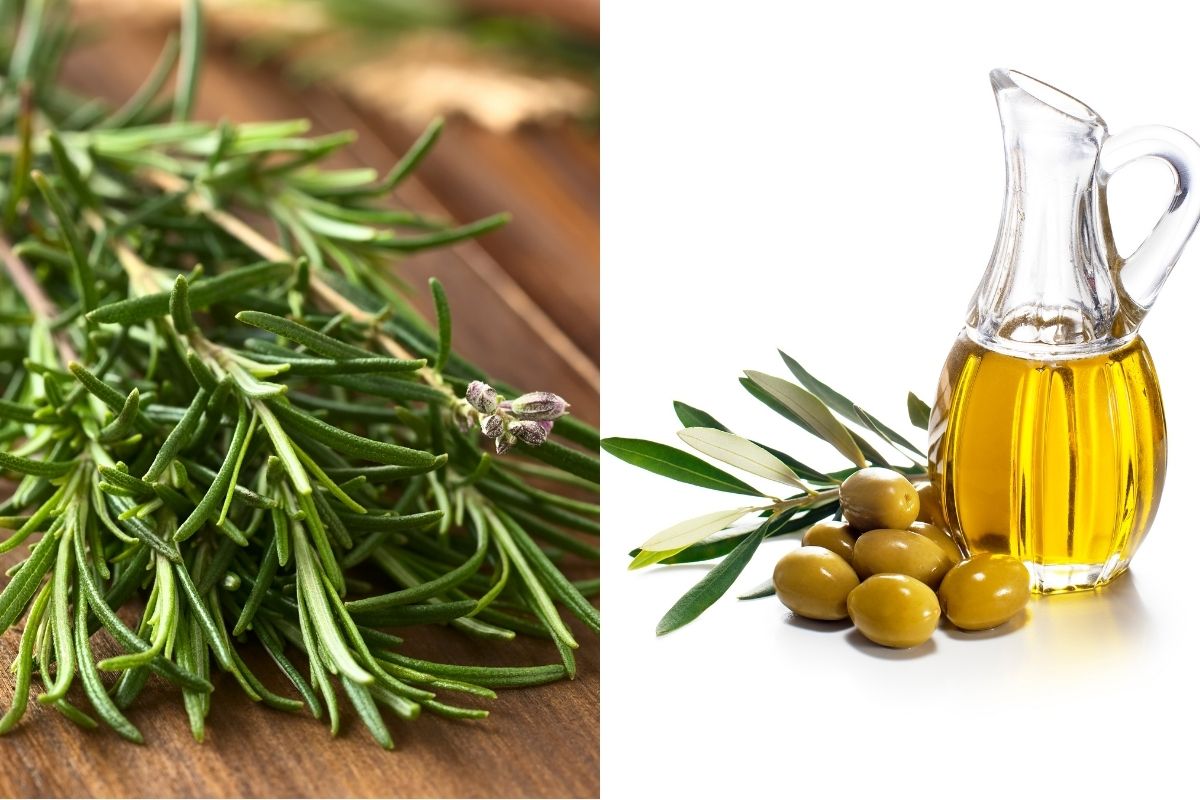
Garlic, Salt, and Pepper: Balancing Simplicity with Flavor
While Venice embraced exotic spices, the region’s cooking still honors the simple trio of garlic, salt, and pepper. These foundational ingredients appear in almost every traditional dish I tried.
Venetian soffritto, unlike other Italian versions, relies heavily on garlic. This aromatic base flavors many soups and seafood dishes I enjoyed along the canals.
Salt holds special significance in Venetian cooking. The city’s history as a salt trading center means it’s used with particular skill. I watched local chefs use it not just for seasoning but to preserve foods in traditional ways.
Black pepper was once worth its weight in gold, and Venetians still use it with respect. I found it appears in sweet and savory dishes alike, adding warmth rather than heat.
Culinary Experiences: Food Tours and Cooking Classes
Veneto offers some of the most authentic Italian culinary experiences I’ve encountered. The region combines traditional cooking methods with fresh local ingredients to create unforgettable food adventures.
From Market to Meal: The Immersive Pleasure of Cooking Classes
My cooking class in Venice began with a morning visit to the Rialto Market. Our instructor, Maria, helped us select the freshest seafood and seasonal vegetables while explaining their importance in Venetian cuisine.
Back in a locally beloved restaurant kitchen, we rolled up our sleeves and learned to make traditional dishes. The pasta-making session was my favorite part—transforming simple flour and eggs into silky ribbons of tagliatelle.
“In Veneto, we cook with the seasons,” Maria explained as we sipped local Prosecco and prepared risotto al nero di seppia (squid ink risotto).
What made these classes special wasn’t just the techniques but the stories behind each dish. Many cooking schools offer these authentic experiences, ranging from half-day workshops to week-long culinary programs.
Veneto’s Street Food Scene: A Journey of Taste
Veneto’s street food offers a delicious window into local life and traditions. In Venice, I discovered cicchetti—small bites similar to Spanish tapas—served in cozy bacari (wine bars).
My favorites included:
- Baccalà mantecato: creamed salt cod served on polenta
- Sarde in saor: sweet and sour sardines
- Polpette: savory meatballs with various fillings
The mainland cities like Verona and Padua offer their street specialties. In Verona, I couldn’t resist trying the lampredotto sandwich, made with slow-cooked tripe and local seasonings.
Food tours provide an excellent introduction to this vibrant scene. My guided tour through the Cannaregio neighborhood revealed hidden eateries where locals gather for spritz and small plates.
Street food in Veneto is affordable yet authentic—perfect for experiencing regional flavors without the formality of restaurant dining.
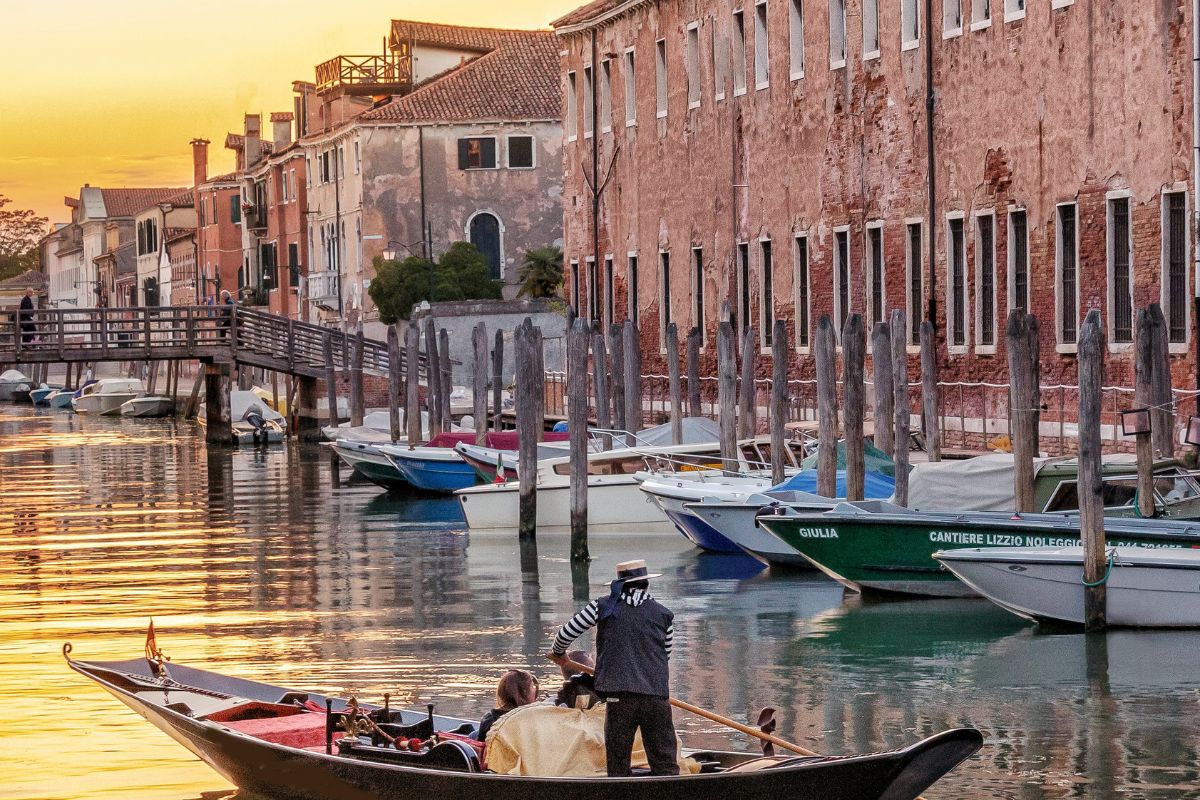
Indulging in Veneto’s Desserts and Spirits
Veneto’s sweet finale to any meal reveals the region’s playful yet sophisticated dessert approach, followed by the bracing clarity of its famous grappa digestif.
Sweet Treats: Exploring Venetian Desserts
While wandering through Veneto, I discovered that desserts here tell stories of carnival celebrations and resourceful home cooking.
The famous fritoe (also called frittelle) became my carnival season obsession. These pillowy fried doughnuts dusted with sugar appeared on nearly every street corner in Venice during February festivities.
Another treasure I stumbled upon was zaletti, delightful yellow cookies made with polenta flour that offer a pleasant graininess and subtle sweetness. The name comes from their golden color – “zalo” means yellow in Venetian dialect.
For something truly special, seek out galani (also called crostoli), the tissue-thin fried pastries that shatter delicately between your teeth. Local bakers fold and cut the dough to create these airy, ribbon-like treats.
The humble pinza surprised me most – a pudding crafted from dried bread, dried fruit, and pine nuts. This clever dessert transforms yesterday’s leftovers into something truly special.
Grappa: The Fiery Conclusion to a Venetian Feast
No meal in Veneto ends properly without a small glass of grappa. This fiery spirit is distilled from grape pomace, the skins, seeds, and stems left after winemaking. This clear digestif offers the perfect conclusion to rich Venetian meals.
I learned to appreciate grappa at a small distillery near Bassano del Grappa. The tradition runs deepest there. The best versions feature single-variety grapes, with Prosecco grappa being particularly refined in the region.
Locals taught me to sip slowly. This allows the initial alcohol burn to give way to subtle fruity, floral or woody notes. Modern producers often age grappa in wooden barrels. This creates amber-colored varieties with smoother, more complex flavors.
For an authentic experience, pair grappa with a few pieces of dark chocolate or some almond biscotti. The combination perfectly balances the spirit’s intensity with a touch of sweetness.
